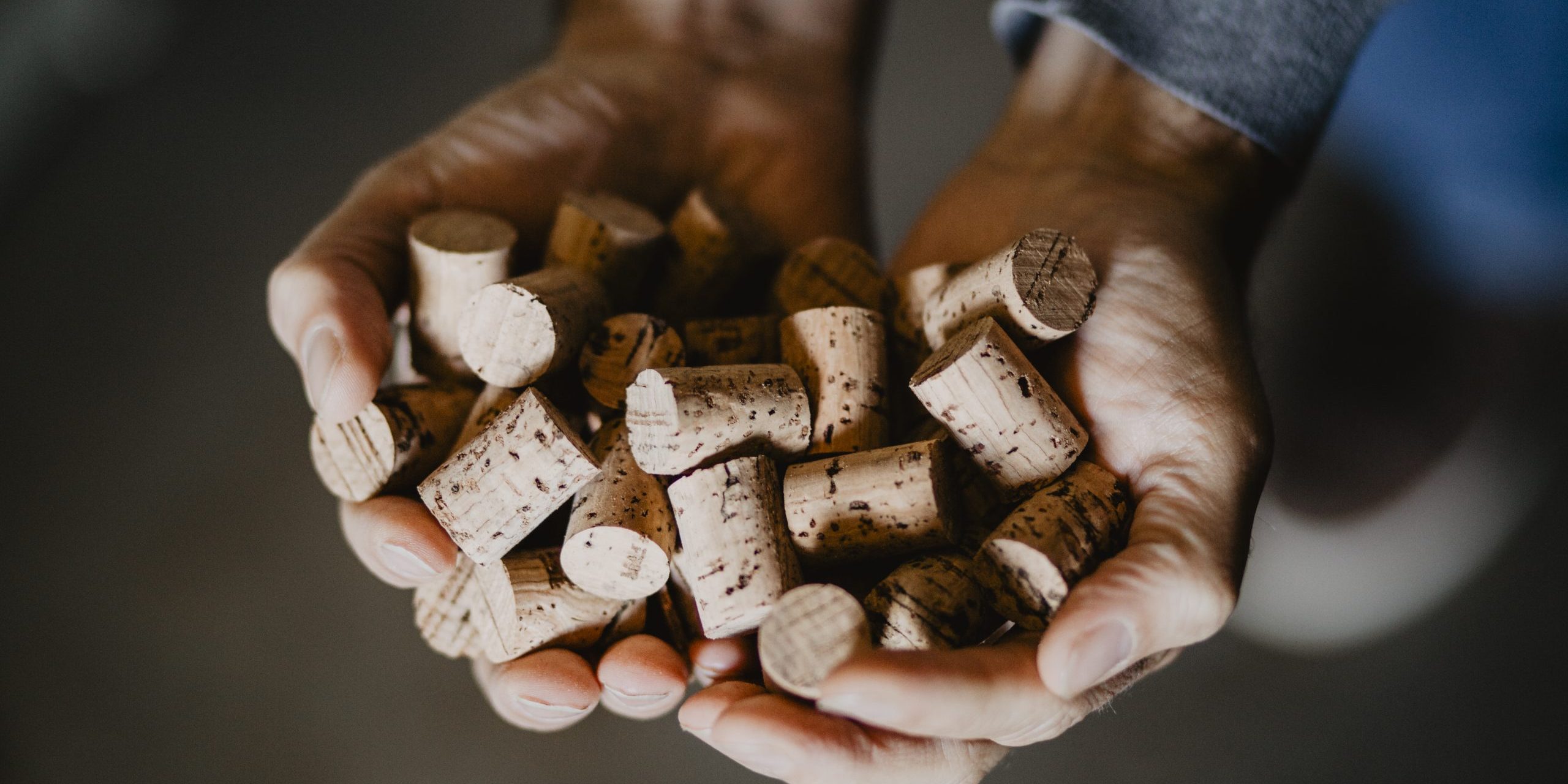10 years ago, things didn’t look that great for the cork stoppers industry, with strong growth in sales of plastic and aluminium alternatives as a more reliable and cheaper alternative. The cork industry has really fought back however and the market share of synthetic stoppers has fallen from 18.4% in 2007 to 14.4% in 2011, which works out at around 1.2 billion units.
Cork’s return to favour is really due to two factors – one is the significant improvement in the mechanical and chemical reliability of cork stoppers through advancements in the manufacturing process, that have all but eliminated problems with cork taint; the other is a very successful worldwide marketing campaign funded by the cork industry to promote cork as an indicator of quality wine inside the bottle.
In the US market in particular, but more generally across world markets, the strongest growth sector for wine has been at medium and high-medium price points, which are the wines most likely to use corks rather than synthetic alternatives and there is no doubt that the cork industry has benefited from this trend.
Portugal is still the world’s largest producer of corks, accounting for 65% of world market share in 2010 (down from 97% in 1994), but the really good news is that in 2010, total exports of all cork products grew by 12% to reach approximately 800 million euros, which as well as reflecting the success of the cork stopper market, also reflects the growth in sales of other cork products (cork flooring, insulation, moulded products and so on) as the message gets out that cork has unique natural insulating and mechanical properties and is a completely renewable resource. Continuing innovation and marketing by the cork industry look set to continue to drive growth over the medium term, which is fantastic for Portugal as a country, which really needs some good news stories at the moment!







